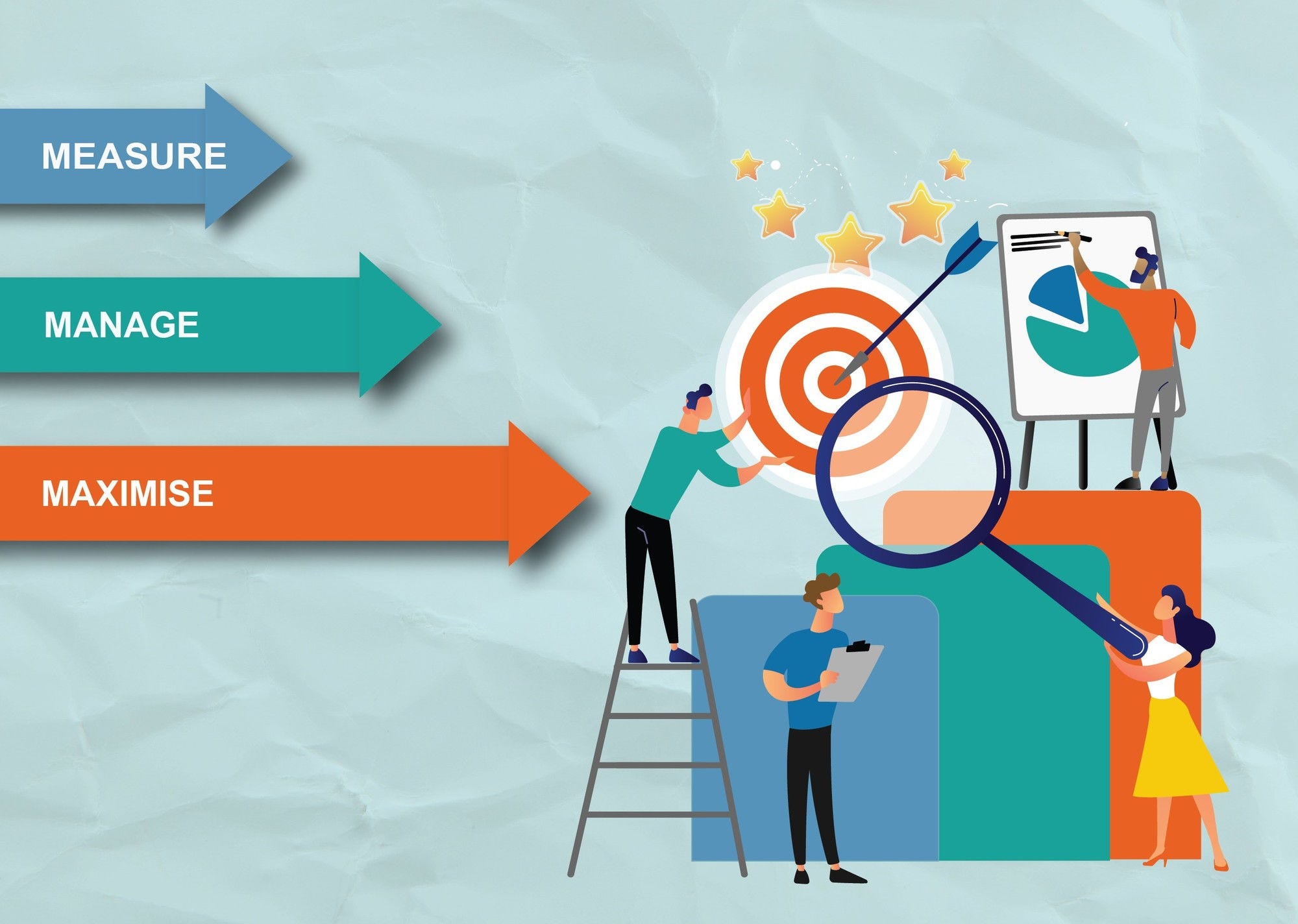As social and solidarity economy (SSE) entities are increasingly requested to demonstrate their positive contribution to society, social impact measurement can help them understand the additional, net value generated by their activities, in the pursuit of their mission and beyond. Policy plays an important role to facilitate a conducive environment to unlock the uptake of social impact measurement among SSE actors. Drawing on a mapping exercise and good practice examples from over 33 countries, this international policy guide navigates how policy makers can support social impact measurement for the social and solidarity economy by: (i) improving the policy framework, (ii) delivering guidance, (iii) building evidence and (iv) supporting capacity. Building on the earlier publication Social Impact Measurement for the Social and Solidarity Economy released in 2021 the guide is published under the framework of the OECD Global Action “Promoting Social and Solidarity Economy Ecosystems”, funded by the European Union’s Foreign Partnership Instrument.
Policy Guide on Social Impact Measurement for the Social and Solidarity Economy

Abstract
Executive Summary
There is growing awareness of the need to understand how organisations, public, private or civil society, contribute to social and environmental goals. Driven by a social mission and upholding values of primacy of people over capital and participatory governance, the social and solidarity economy (SSE) is also increasingly requested to demonstrate its positive contribution to society. Such evidence is used, and sometimes required, to diversify sources of financing, access public and private markets, and scale activities and impact. Social impact measurement enables SSE entities to understand their progress and value-added in the achievement of desired social and environmental objectives.
Social impact measurement refers to the process of assessing the social value produced by the activities of any type of organisation. It particularly empowers SSE entities to understand the positive contribution of their activities in the pursuit of their social mission through a dedicated approach. Identifying and evaluating their performance, however, may not always be easy, especially for impacts on individual well-being, social inclusion, community trust and a sense of belonging. For this reason, SSE entities may need additional guidance and support to engage in social impact measurement. As impact measurement practices become more frequent and proficient, the evidence base will grow. Fostering an impact measurement culture is therefore important to solidify their individual and collective contribution to society.
Social impact measurement remains a challenging task for many, particularly for SSE entities. Current practices are often less adapted to the needs and context of SSE entities since the conversation has largely been shaped by private institutional investors and commercial businesses. Methodological hurdles, compounded by the lack of capacity and motivation emerge as significant barriers to the uptake of impact measurement practices among SSE actors. Rigorous data collection and analysis are needed to establish credible causal links between what organisations do and the impact that is created. This is particularly challenging vis-a-vis social goals, which are harder to track. In a context of limited resources, social impact measurement triggers a constant tension between satisfying internal learning needs as opposed to external accountability demands. To accommodate the needs of SSE entities and be credible to external parties such as funders, donors, governments and the public, the process needs to foster internal buy-in while also taking into account the people and places that are impacted.
Why this guide?
This guide places a specific focus on social impact measurement that can be practiced by SSE entities. In doing so, it acknowledges the specific challenges and needs of SSE actors when they set out to conduct social impact measurement. Recognising the different phases of SSE development, this guide offers actionable guidance that could be applicable to a wide range of local contexts. This guide also aims to bring the perspective of the social and solidarity economy into global discussions to shape impact measurement practices in different sectors and around the world.
This guide equips policy makers with a full range of initiatives to support social impact measurement for the SSE while not hindering its ability to act. It describes how public actions can better equip SSE actors when engaging in social impact measurement. It showcases good practice examples from around the world to demonstrate the diverse ways through which policy could promote social impact measurement.
How can policy makers use this guide?
The main target audience of this guide is policy makers at all levels of government, including public administrations and parliament. This guide is also useful for stakeholders in the broader SSE ecosystem, particularly SSE entities, to communicate their specific needs and demands along the policy actions highlighted.
This guide recognises the important role policy plays to facilitate the uptake of social impact measurement among SSE actors. Direct public support is needed to allow SSE entities to undertake social impact measurement, which in turn could help build an evidence base on social and environmental progress to inform policy making. This does not merely concern the use of public resources, but also the establishment of enabling conditions and the mobilisation of technical expertise.
This guide is structured around four pillars along which policy could help facilitate the development of social impact measurement practices among SSE entities. First, policy makers can improve the policy framework by addressing the barriers that SSE entities face in impact measurement, while also providing incentives for its practice. Second, they can provide guidance on social impact measurement methods to facilitate implementation and dissemination in the SSE ecosystem. Third, Public efforts can also build impact evidence by providing incentives for SSE entities and others to generate, compile and communicate impact information. Fourth, policies can support capacity building for SSE actors to access and benefit from existing resources, methods and networks to equip themselves with the necessary know-how on social impact measurement. These four pillars are not proposed in a chronological order; they are rather complementing elements that could be used at the same time or at different stages, depending on the particular context.
This guide provides a list of success factors and pitfalls to avoid along with guiding questions which policy makers could use to assess what to put in place. When designing policy on social impact measurement, it is important that public authorities understand the pros and cons of different approaches they may take. While a public push to do so is directly needed to advance social impact measurement, it might trigger unintended consequences by increasing the reporting burden, discouraging innovative practices, or creating a disadvantage for emerging or small organisations. For instance, while the promotion of simple, harmonised indicators could facilitate more widespread adoption, it may fail to capture more complex phenomena. Therefore, co-creating guidance for social impact measurement in coordination with SSE stakeholders is important to align goals and needs. In a world that is increasingly shaped by impact concerns, policy makers bear the responsibility to promote a level playing field within the social and solidarity economy and beyond.
In the same series
Related publications
-
 25 October 2024
25 October 2024 -
 8 October 2024
8 October 2024 -
 Case study8 October 2024
Case study8 October 2024











